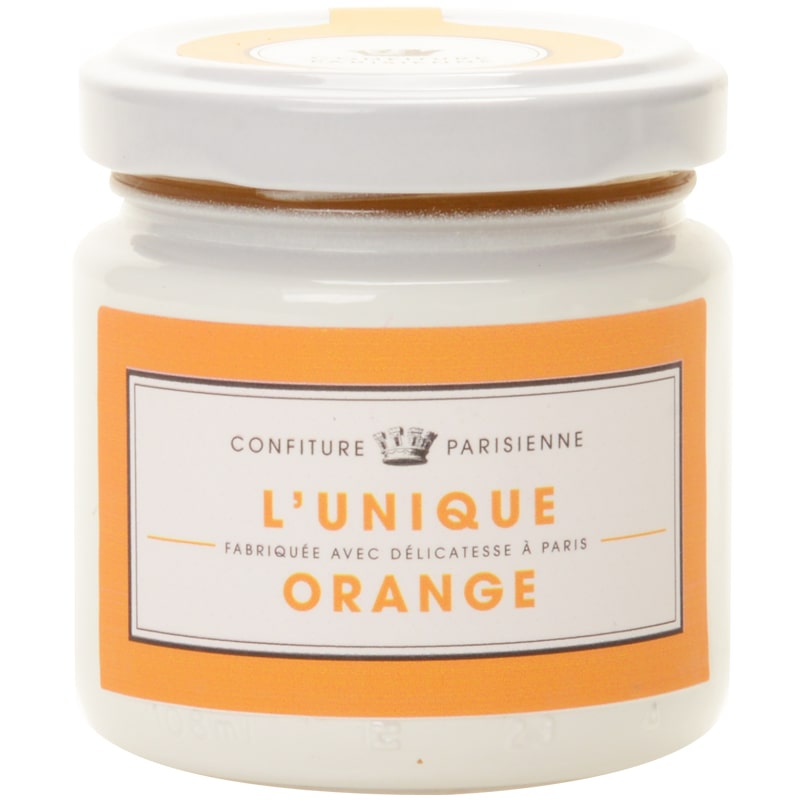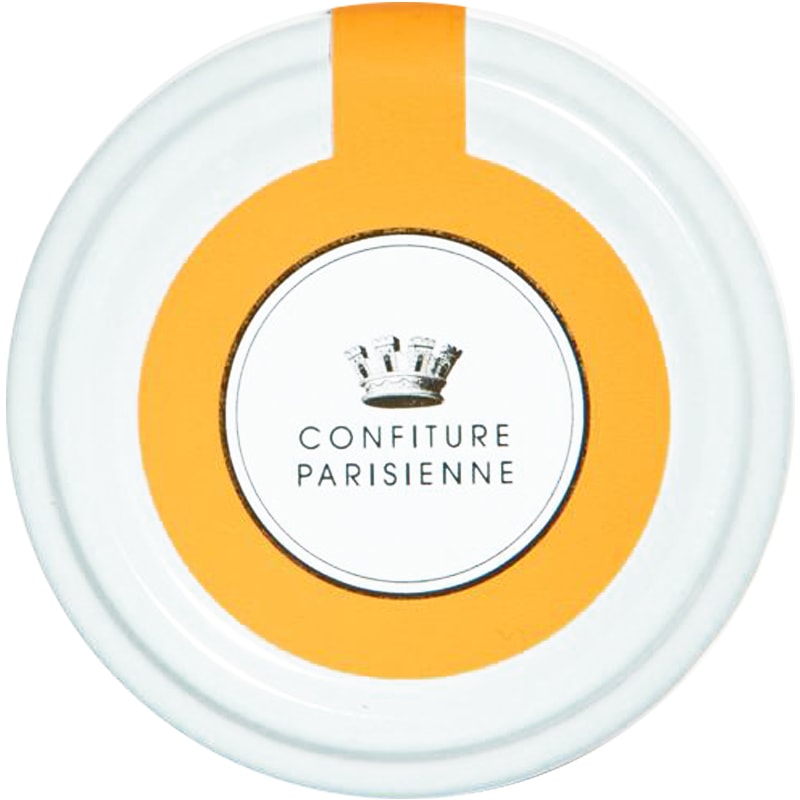

$9.00
L'Unique Orange
SKU: 41201
This is the new "L'Unique" collection from Confiture Parisienne.
Every morning, this is something to wake you up in a good mood that's full of Vitamin C from delicious Oranges.
Tasting Advice:
Sweet: on a slice of country bread. In a cottage cheese to rediscover the taste of childhood.
Savory: with salmon eggs or slice of smoked salmon, with sheep's cheese.
These statements have not been evaluated by the Food and Drug Administration. This product is not intended to diagnose, treat, cure, or prevent any disease.
Sweet: on a slice of country bread. In a cottage cheese to rediscover the taste of childhood.
Savory: with salmon eggs or slice of smoked salmon, with sheep's cheese.
These statements have not been evaluated by the Food and Drug Administration. This product is not intended to diagnose, treat, cure, or prevent any disease.
Orange, Unrefined Cane Sugar, Lemon, Citrus Pectin.
Ingredients may be subject to change. The most accurate and up to date product ingredient list can also found on the product packaging.
Ingredients may be subject to change. The most accurate and up to date product ingredient list can also found on the product packaging.
In 2015, to revive a Parisian tradition, Nadège Gaultier and Laura Goninet founded Confiture Parisienne with the desire to create exceptional jams using products that are just as exceptional.
Since ancient times, foodies have developed various recipes for preserving fruits by cooking them with wine or honey.
But to taste jams as we know them, you have to wait for the first crusades and the introduction of cane sugar from the Arab world. This luxury food allows the transformation of fruit into jam, only reserved for royal tables. At the beginning of the 19th century, the production of beet sugar democratized this product. In Paris, many jam makers opened their stalls and supplied themselves with fruit from the surrounding orchards.
Since ancient times, foodies have developed various recipes for preserving fruits by cooking them with wine or honey.
But to taste jams as we know them, you have to wait for the first crusades and the introduction of cane sugar from the Arab world. This luxury food allows the transformation of fruit into jam, only reserved for royal tables. At the beginning of the 19th century, the production of beet sugar democratized this product. In Paris, many jam makers opened their stalls and supplied themselves with fruit from the surrounding orchards.




